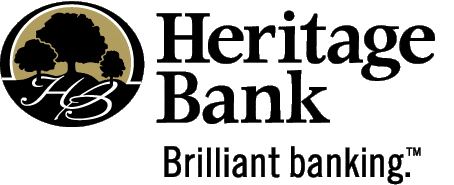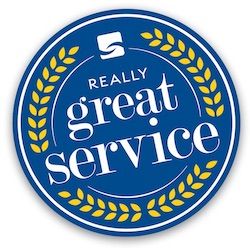Does your institution teach your employees good manners? Great customer service boils down to this. This isn't about being fancy or pretentious. It's about treating the other person in a way that makes them feel comfortable, welcome and valued. And for customers, this isn't a one-size-fits-all.
How good manners can smooth out the customer journey
A friend of mine recently bought a house. The mortgage process was a nightmare. You can read the full story here.
The short version is that he had broken up with his bank, a large national, in favor of working with a friend at a small local institution. He knew he wanted a local banking relationship and he trusted his friend to have his best interests at heart. She assured him this would be smooth. But the process was fraught with delays, miscommunications and more and more hurdles and hoops to jump through. In the end, my friend got his loan somewhere else.
In reflecting on what happened, I asked him where he felt things fell apart. He couldn’t pin it down exactly, but he felt that
- communications were too casual
- they were often by phone
- nothing was provided in writing
- and there was no follow up.
He felt like the lender held all the knowledge and resources but wasn’t willing to help. And furthermore, the lender in this case was a friend, in whom he trusted.
He started to question if he was at fault, if he was a bad credit risk. At least two other institutions didn’t think so, and my friend quickly had options to secure the loan in time to move into his new place before the closing on his previous home.
What can we learn from this?
Here are some takeaways on how marketing, HR and operations can avoid customer nightmares like what my friend experienced on his mortgage journey.
1. PROCESS
In an age where bankers no longer wear neck ties, everyone’s on a first name basis and a handshake is even sometimes replaced with a hug, everything has gotten VERY casual. Casual can sometimes lead to sloppy.
Mortgage lending should have a rock-solid process. Why so formal? Process:
- ensures that expectations are clear
- establishes a shared path for both the lender and customer
- protects the institution if anything goes wrong and the borrower decides to litigate
Marketing can support operations with branded communications that explain the process. (Don’t leave other departments to their own devices on developing collateral — guard and protect your brand!)
When managers see that an applicant is stuck in the process, they should meet with the lending officer to assess the situation. They may even need to speak with the customer to offer assistance. My friend never spoke to anyone else at this local institution because he didn’t want to go over his friend’s head. Instead, he shopped elsewhere for his loan. If a manager had interceded, perhaps they wouldn’t have lost the business.
2. Tailor your style
My friend was purchasing a home for the second time, so he knew a little of what to expect. But his lender friend didn’t tailor her style to match his. He wanted to have the big picture, while she was just giving him one little piece of it at a time. This was one source of frustration.
Your lending team should present information in a way the suits the customer, not themselves. They may need some training on communications styles. An assessment of their own personal style is the beginning and then some practice on adapting it to meet others’ styles is warranted. Then, when working with a new customer, a few questions at the beginning will clue the lending officer on how that customer will best receive and understand the process.
3. COMMUNICATE, COMMUNICATE, COMMUNICATE
This is an oldie but a goodie. You cannot over communicate. Again, in this casual age, verbal communications leave no trail. And emails can sometimes go into a spam folder. So meetings and calls should be followed by a written recap in email. If a letter or email is sent requiring action, a short phone call to confirm receipt goes a long way to keeping your process and the customer on track for a successful loan.
Good bankers manners are not hard to figure out. They’re a matter of doing what puts the customer at ease, what removes guess work and what helps ensure that business is conducted in a timely and compliant way.
If you need help with training your team, call Alex at 785.383.3689 or
Good manners should be part of your employer brand. For more of our content on employer brand, check out this article on 4 institutions that are doing this well.
Photo credits: yelling man photo by Icons8 Team on Unsplash
























